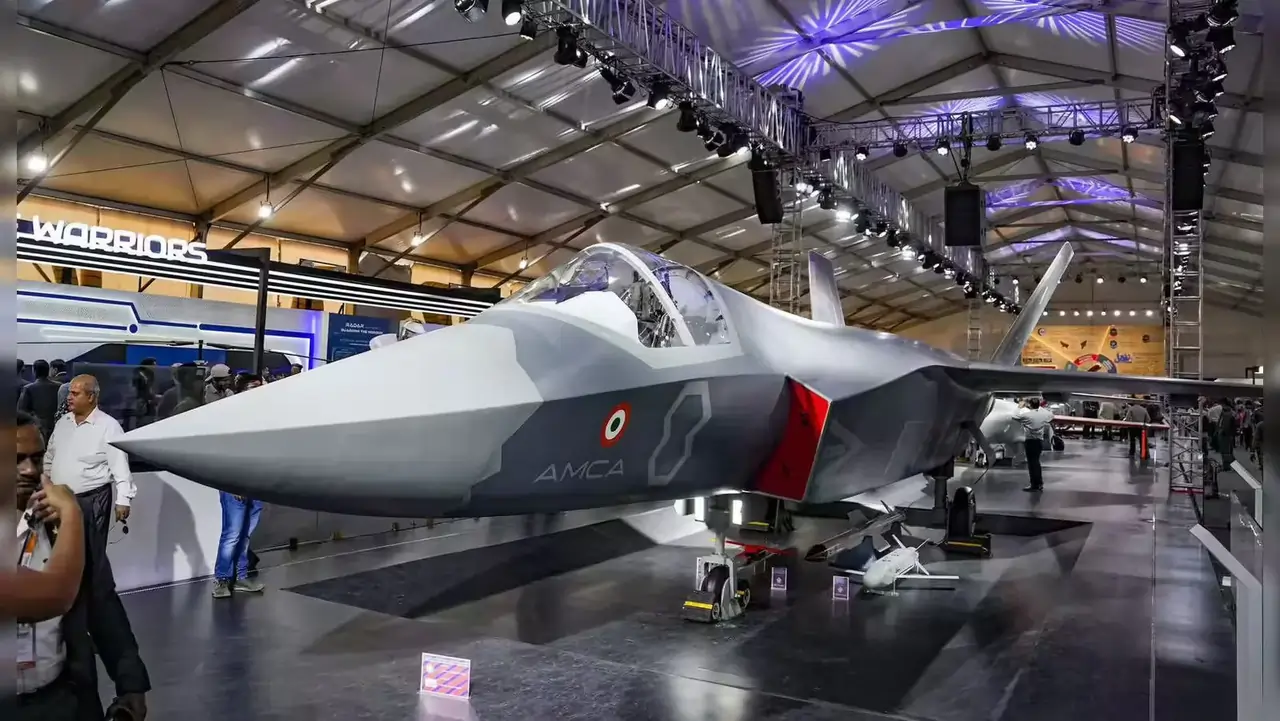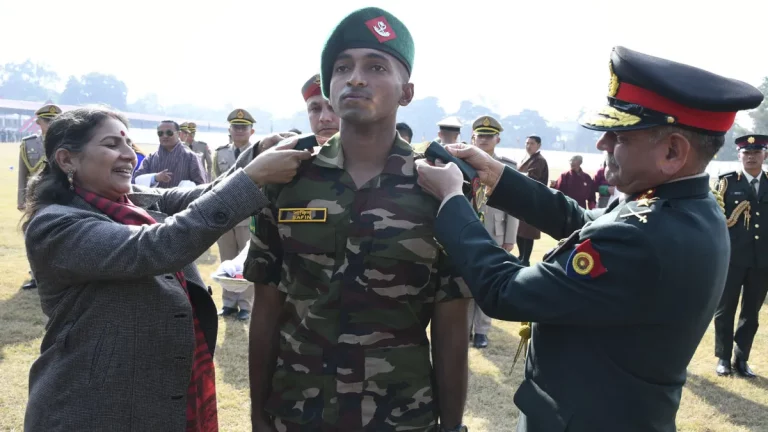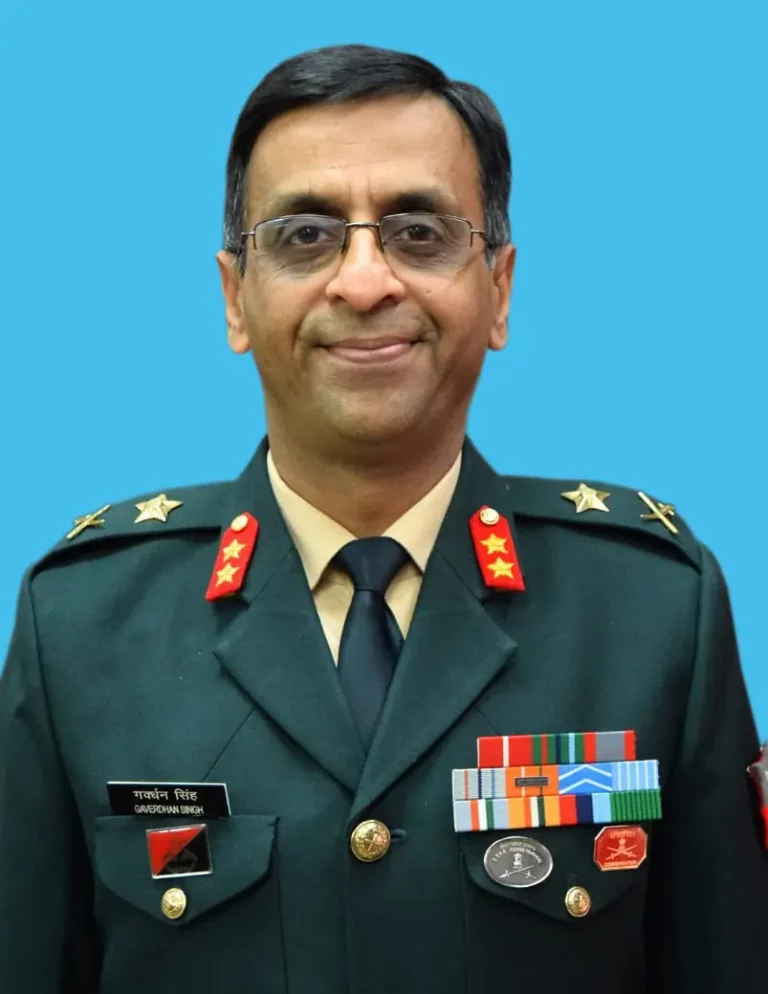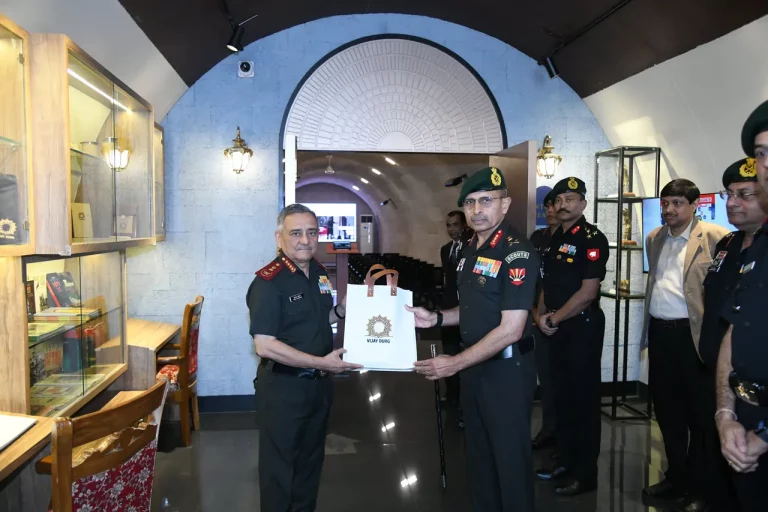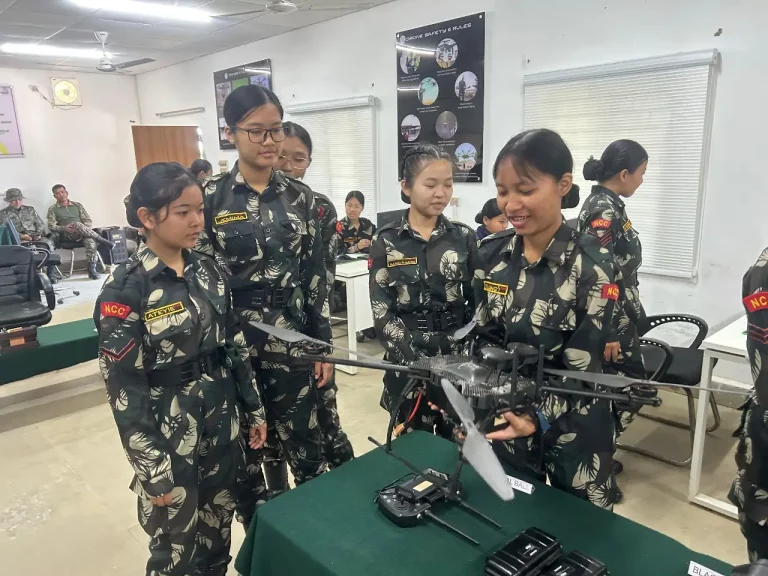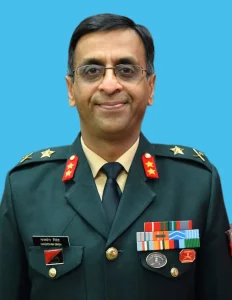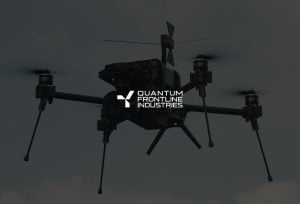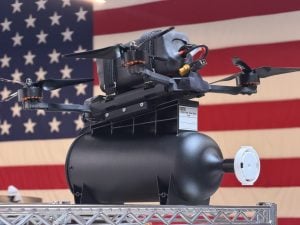In a significant advancement towards establishing India’s first indigenous fifth-generation stealth fighter, the Defence Research and Development Organisation (DRDO) along with the Ministry of Defence has commenced evaluations of seven shortlisted contenders for the Advanced Medium Combat Aircraft (AMCA) production programme.
To facilitate this assessment, two high-level review panels have been formed—one headed by DRDO and another led by the Defence Secretary—to meticulously examine proposals from both public and private sectors in order to select the final industry partner for this ambitious project.
The AMCA, developed by the DRDO’s Aeronautical Development Agency (ADA), is under a competitive industry partnership model designed to expedite stealth aircraft manufacturing in India. Following a call for Expressions of Interest (EoI) issued by the Ministry in June, a total of seven industry consortiums have been shortlisted to advance further in the selection process.
Participating firms are required to showcase their capability to create dedicated assembly lines, produce prototypes, and support flight testing and certification within an eight-year development window.
The shortlisted organizations represent some of India’s leading aerospace and engineering firms, including:
-
Hindustan Aeronautics Limited (HAL), which is collaborating with smaller firms and leveraging its extensive experience in fighter production, notably with the TEJAS and Su-30MKI.
-
TATA Advanced Systems Limited (TASL), recognized for its innovations in aerospace composites and global partnerships with major players like Boeing and Lockheed Martin.
-
Adani Defence and Aerospace, which brings advanced infrastructure for assembly and avionics integration.
-
Larsen & Toubro (L&T), in conjunction with Bharat Electronics Limited (BEL), specializing in mechanical precision coupled with avionics and radar systems expertise.
-
Goodluck India, alongside BrahMos and Axiscades, which offers capabilities in metallurgy, propulsion component manufacturing, and digital design.
-
Bharat Forge with BEML and Data Patterns, concentrating on structural frames, electronics, and onboard computing solutions.
- A consortium of HAL and Safran along with the Gas Turbine Research Establishment (GTRE) which is tasked with developing an indigenous 120 kN engine with full technology transfer from Safran.
The Cabinet Committee on Security (CCS) has allocated ₹15,000 crore for the design and prototype phase of the AMCA project. The initial prototype is projected to take flight by 2029, with series production anticipated to begin in 2035. The Indian Air Force (IAF) plans to introduce six squadrons, approximately comprising 120 aircraft, starting with the AMCA Mk-1, which will utilize GE F-414 engines before transitioning to the Mk-2 variant powered by the indigenously developed Safran-GTRE engine.
India faces increasing pressure to enhance its stealth capabilities, particularly in light of the operational J-20s fielded by China, alongside the production of J-35s for Pakistan and ongoing tests of next-generation J-36 and J-50 fighters. The IAF currently operates around 30 fighter squadrons, which is below the sanctioned requirement of 42.5. Recent internal evaluations suggest that a further increase in squadrons is essential for effective deterrence.
To address immediate operational gaps, the Defence Ministry has initiated contracts with HAL for the acquisition of 180 TEJAS Mk-1A fighters. Additionally, the procurement of 114 Multi-Role Fighters (MRFA) remains under consideration, with Rafale still in the mix of potential options.
The AMCA programme is a cornerstone of India’s Atmanirbhar Bharat initiative in the domain of aerospace technology. By harnessing private industry expertise, foreign design experience, and indigenous research and development, India is set on a path to join an elite group of nations capable of producing a domestically developed stealth fighter, a strategic move that promises to redefine its airpower capabilities for decades to come.
